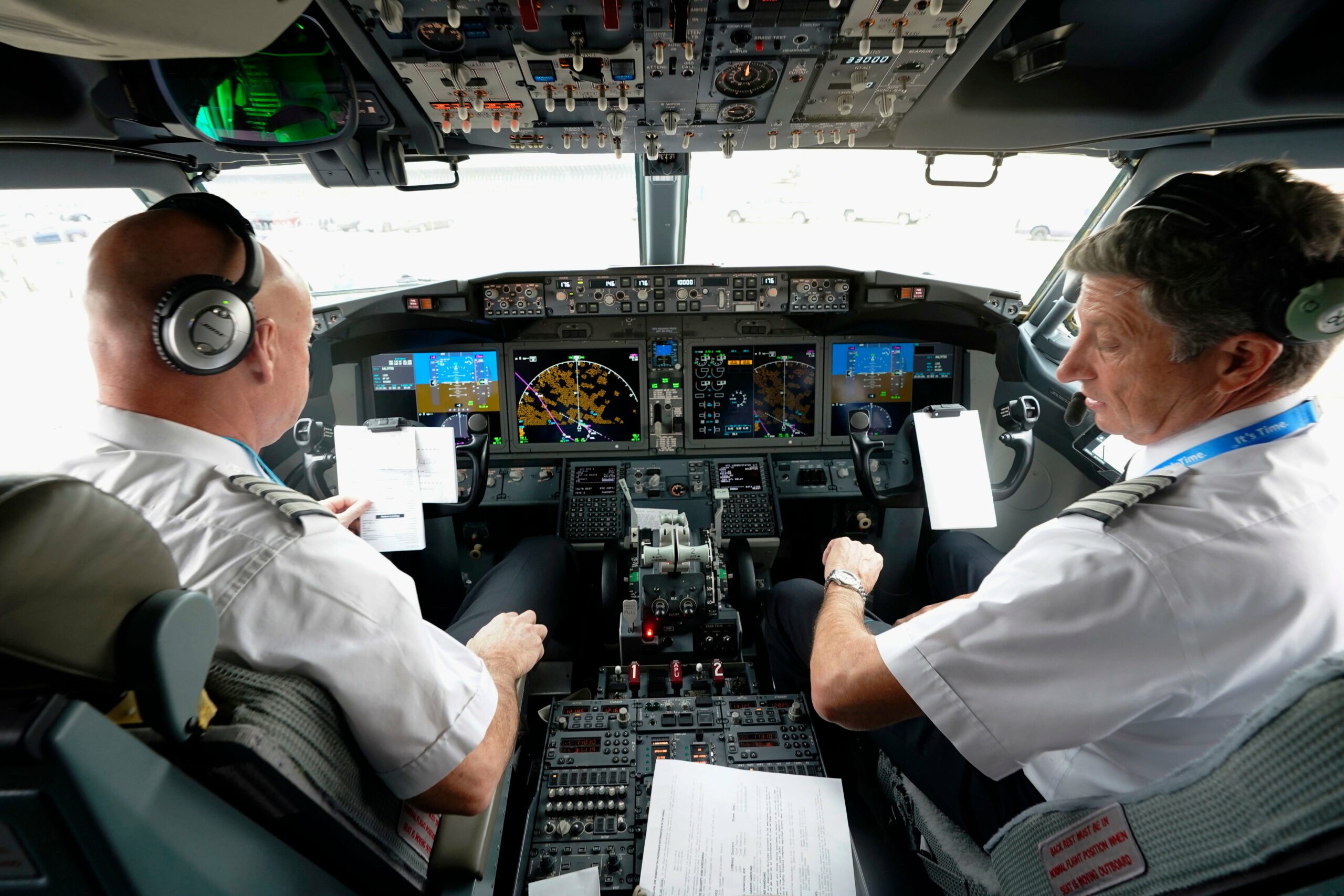Pilots use checklists on every flight. There are different checklists for different stages of the flight to make sure that all critical steps are taken. In addition, there are separate checklists that help pilots deal with complexities and emergencies that may arise. The purpose of the checklists is to ensure that essential steps are taken at the appropriate time. This is particularly important when time-pressure or stress may prevent pilots from thinking clearly and responding appropriately.

Just like pilots in the cockpit, we may forget to follow basic steps in life, and in the face of stress we may revert to ways of responding that are ineffective, unproductive, or even hurtful. (You may want to read my newsletter Turning into a Reptile.) My lifelong friend Klaas Meertens suggested I make my own personal checklist that captures the mindset that I want to embrace, especially in times when I am challenged. Below is the checklist that I wrote.
Roel’s checklist:
-
Don’t take anything personally.
-
Pick your battles.
-
See the humor.
-
Stop, pause, and breath.
-
Act, don’t react.
-
Ask: what would Love do?
-
Don’t ruminate; write down a concern or worry.
-
You cannot force others to change.
-
Have patience; other people and processes have their own timescale.
-
FAST = SLOW
-
Trust your ability to change and to make change.
-
Thank people who make a positive difference.
Don’t think that I always follow the advice on the checklist. On the contrary, I have added some items on the checklist because of recurrent traps that I fall into. For example, I am a restless person who likes change, and I want that change to happen quickly. But not everybody likes change, and others may want change to occur in a gradual and thoughtful way. The item “Have patience; other people and processes have their own time-scale” helps me respect that others may need time for change. Similarly, I can be hurried and make mistakes that I need to undo later and that slow me down in the long run, hence the item “FAST = SLOW”. The checklist thus helps me avoid pitfalls at moments when I don’t think clearly. In addition, items such as “Ask: what would Love do?” capture behavior I want to embody, while items, such as “Don’t ruminate; write down a concern or worry”, articulate habits for mental hygiene.
I encourage you to write your own checklist. Think of ideals you seek embody, habits that prevent you from falling into pitfalls, and behavior that make it easier for you to work with others in a harmonious way. Since we tend to forget, it is best to post your checklist at a visible place, for example in your office, or next to the front door so you see it before you leave home. You can even turn your checklist into a screensaver. Your checklist can prevent that you live on autopilot!
